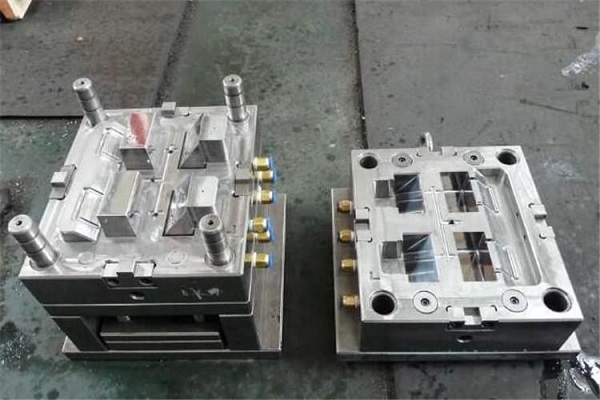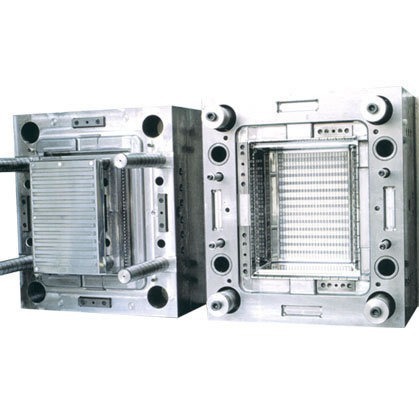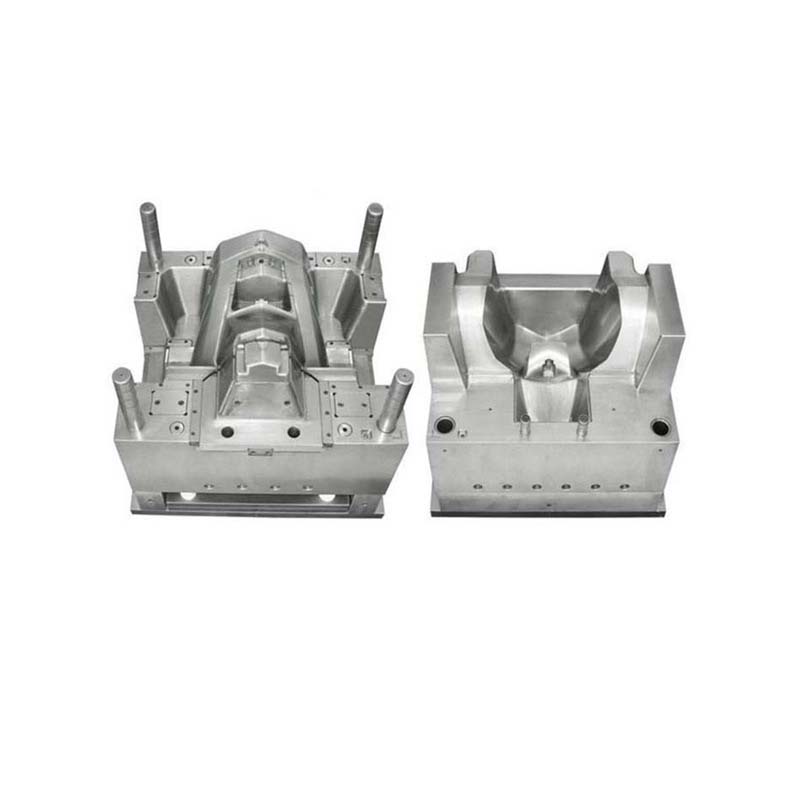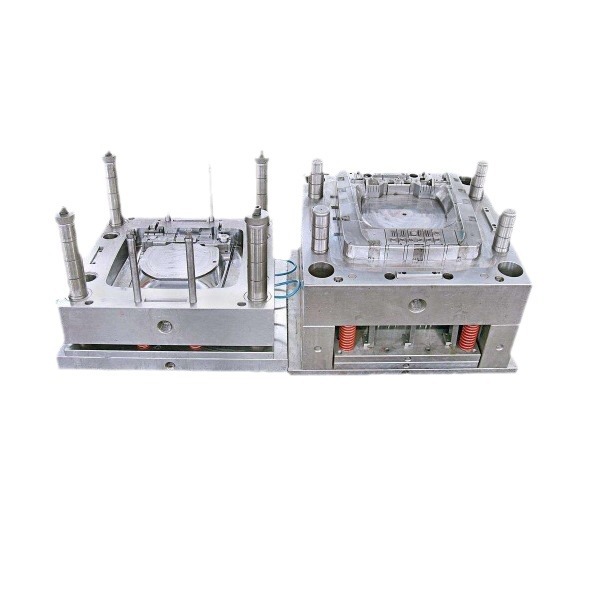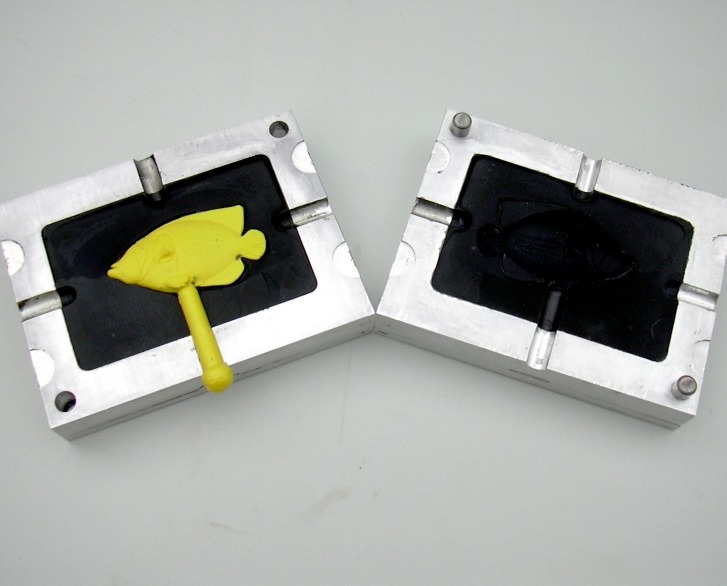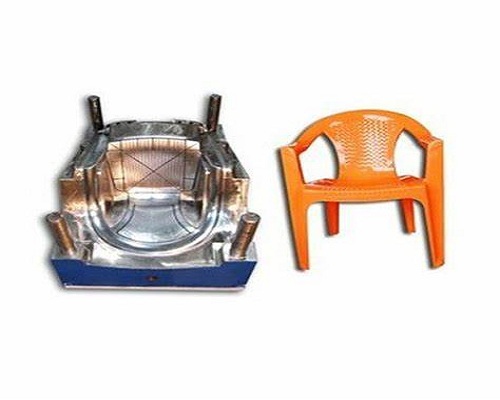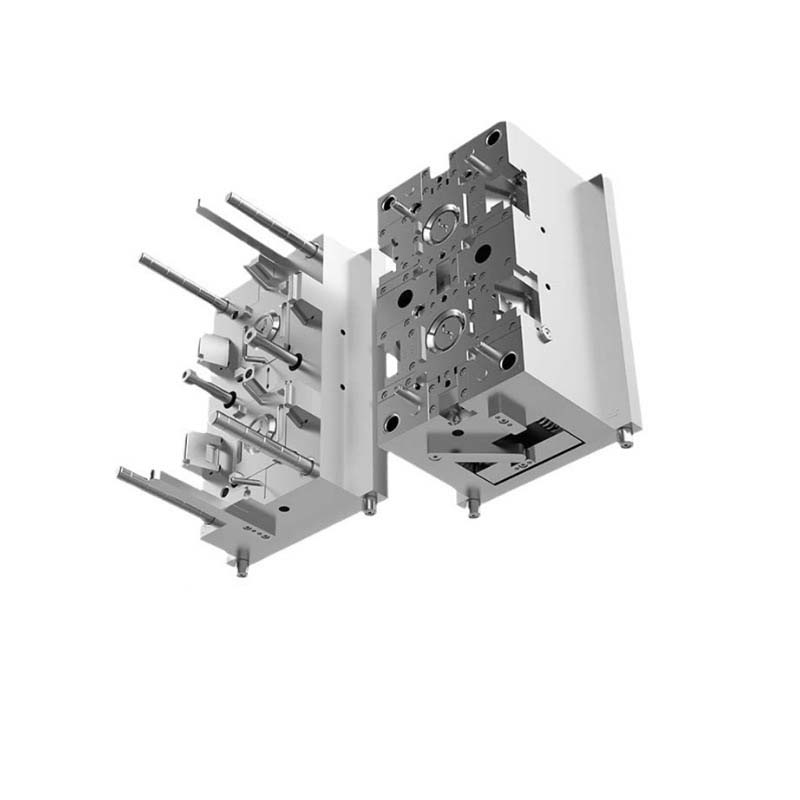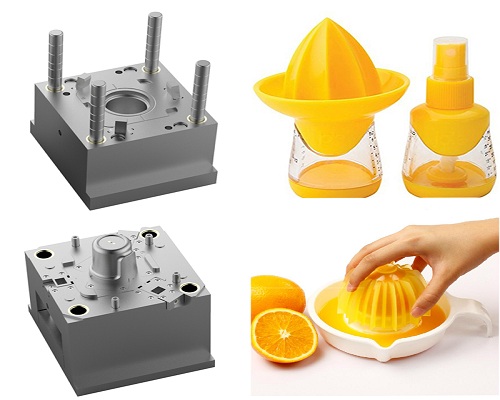Every manufacturer knows the frustration: a mold that wears out too soon, a tool that cracks under pressure, or a finish that fails to meet quality standards. When it comes to cold work applications—from stamping to cold forging—choosing the right mold making tool steels can mean the difference between profitable production runs and costly downtime. The wrong material might save money upfront but leads to frequent replacements, inconsistent part quality, and missed deadlines. In this guide, we’ll break down everything you need to know about cold work tool steels, from their material properties to real-world applications, helping you make decisions that boost performance and reduce costs.
Understanding Cold Work Mold Making Tool Steels: Key Material Properties
At the heart of any successful cold work operation lies the material properties of the tool steel. These properties determine how the steel will perform under the extreme pressures, friction, and repeated stress of cold forming processes. Let’s explore the most critical ones:
- Hardness: Measured on the Rockwell C (HRC) scale, hardness is non-negotiable for cold work tools. Most cold work steels range from 58-64 HRC, providing the resistance needed to shape hard materials without deforming. For example, AISI D2 steel typically achieves 59-62 HRC after heat treatment, making it ideal for high-wear applications.
- Toughness: While hardness resists deformation, toughness prevents cracking. This balance is tricky—higher hardness often reduces toughness. Powder metallurgy tool steels, however, offer exceptional toughness at high hardness levels, with some grades absorbing 20-30% more impact energy than traditional alloys.
- Wear resistance: Critical for long tool life, wear resistance depends on carbide content. Steels like DIN 1.2379 (similar to AISI D2) contain 11-13% chromium carbides, reducing wear by up to 50% compared to lower-alloy steels in stamping applications.
- Corrosion resistance: Often overlooked, corrosion resistance is vital in humid environments or when working with corrosive materials. Stainless tool steels, such as those with 12%+ chromium, resist rust and pitting, extending tool life by 30% in damp workshops.
- Dimensional stability: After heat treatment, dimensional stability ensures the mold retains its precision. Air-hardening steels like AISI O1 minimize distortion, with typical dimensional changes under 0.001 inches per inch—critical for tight-tolerance parts like medical device components.
Popular Tool Steel Grades for Cold Work Applications
Choosing the right grade can feel overwhelming, but understanding the most common tool steel grades simplifies the process. Here’s how leading standards compare:
| AISI Grade | DIN Equivalent | JIS Equivalent | Key 特性 | Best For |
| D2 | 1.2379 | SKD11 | High wear resistance, good hardness | Stamping dies, plastic injection molds |
| D3 | 1.2080 | SKD1 | Extreme hardness, low toughness | Cold forging tools |
| O1 | 1.2510 | SKS3 | Excellent machinability, air-hardening | Low-volume stamping, prototypes |
| A2 | 1.2363 | SKD12 | Balanced toughness and wear resistance | Progressive dies, extrusion tools |
High-speed steel grades like M2 (DIN 1.3343) are also used for cold work, offering superior heat resistance during high-speed operations. Meanwhile, powder metallurgy tool steels (e.g., ASP-60) provide uniform carbide distribution, reducing the risk of chipping in heavy-duty applications. For custom needs, custom alloy tool steels can be formulated to meet specific 硬度,toughness, or corrosion requirements—though they come with longer lead times and higher costs.
Mold Making Processes for Cold Work Tool Steels
Even the best steel won’t perform well if not processed correctly. Mold making processes for cold work steels require precision to maintain material integrity:
- Machining: Most cold work steels are machined in their annealed state (softened to 200-250 HB) for ease of cutting. High-speed steel (HSS) or carbide tools work best, with cutting speeds around 50-100 SFM depending on the grade.
- Grinding: Critical for achieving tight tolerances, grinding must be done carefully to avoid overheating, which can cause localized hardness changes. Coolant is essential, and feed rates should be kept low (0.0005-0.001 inches per pass) for finishes under 16 RMS.
- EDM (Electrical Discharge Machining): Ideal for complex shapes, EDM uses electrical sparks to erode material. However, it can leave a recast layer (0.0001-0.0005 inches thick) that must be removed to prevent cracking—especially in high-toughness steels.
- Wire EDM: Used for intricate contours, wire EDM with brass or coated wires (0.004-0.012 inches diameter) achieves tolerances as tight as ±0.0001 inches, perfect for medical device molds.
- Heat treatment integration: Timing is key. Most processes are performed before heat treatment, though some finishing (like polishing) is done afterward. Skipping pre-heat treatment machining often leads to excessive tool wear during hardening.
Heat Treatment: Maximizing Cold Work Tool Steel Performance
Heat treatment transforms raw tool steel into a high-performance mold, but it’s a delicate process with little room for error:
- Annealing: Softens the steel for machining, typically done at 1500-1600°F (815-870°C) followed by slow cooling. This reduces hardness to 180-220 HB for grades like D2.
- Hardening: Raises hardness by heating to 1800-2050°F (980-1120°C) and quenching. Quenching methods vary: oil quenching (for O1) offers slower cooling, reducing distortion, while vacuum quenching (for D2) minimizes oxidation.
- Tempering: Relieves internal stresses after hardening. Most cold work steels are tempered at 300-500°F (150-260°C) for 1-2 hours, balancing hardness and toughness. For example, D2 tempered at 400°F retains 60 HRC with improved toughness.
- Cryogenic treatment: A secondary process (-300°F/-184°C) that converts retained austenite to martensite, increasing hardness by 1-2 HRC and improving wear resistance by up to 20% in D2 and similar grades.
Surface Finishing: Enhancing Durability and Quality
Surface finishing isn’t just about appearance—it directly impacts performance:
- Polishing: Achieves smooth surfaces (down to 4 RMS) for plastic injection molds, reducing friction and preventing material buildup. Progressive polishing with 600-1200 grit compounds is standard.
- Coating: PVD (Physical Vapor Deposition) coatings like TiN (titanium nitride) add a 2-5 micron layer, increasing wear resistance by 30-50% in stamping dies. CVD (Chemical Vapor Deposition) coatings are thicker but require higher temperatures, which can affect dimensional stability.
- Texturing: Creates specific surface patterns for grip or aesthetic purposes. Laser texturing offers precise control, with patterns as fine as 50 microns—common in automotive interior molds.
Maintenance and Repair: Extending Tool Life
Even the best tools need care. Proper maintenance and repair can extend mold life by 50% or more:
- Tool sharpening: Regular sharpening (when edge wear reaches 0.001-0.002 inches) maintains cutting efficiency. For D2 dies, diamond wheels are recommended to avoid overheating.
- Reconditioning: Refinishing worn surfaces through grinding or polishing can restore precision. This is often more cost-effective than replacing the entire mold, especially for large dies.
- Crack repair: Small cracks can be welded with matching filler materials, but heat input must be controlled to avoid damaging surrounding areas. Post-weld heat treatment is essential for strength.
Performance Metrics: Measuring Success
How do you know if you’ve chosen the right steel? Track these performance metrics:
- Mold life: Cold work dies typically last 100,000-1,000,000 cycles, but this varies widely. AISI D2 might hit 500,000 cycles in stamping, while powder metallurgy grades can exceed 1,000,000.
- Precision: Measured by tolerance levels, cold work steels should maintain ±0.0005 inches or tighter for critical parts. Dimensional stability during heat treatment is key here.
- Cost-effectiveness: While high-performance steels cost more upfront, their longer life often lowers total cost. For example, ASP-60 (powder metallurgy) costs 3x more than D2 but lasts 2-3x longer in high-wear applications.
Comparison with Other Materials
Why choose cold work tool steel over alternatives? Here’s how it stacks up:
- Aluminum: Cheaper and lighter but lacks hardness (max 150 HB), making it unsuitable for high-stress cold work.
- Carbide: Offers extreme wear resistance but is brittle—prone to cracking in impact-heavy operations like cold forging.
- Stainless steel: Corrosion-resistant but softer than cold work tool steels, limiting its use to low-wear applications.
- High carbon steel: Affordable but poor toughness and wear resistance compared to alloy tool steels.
Yigu Technology’s Perspective
As a leading custom manufacturing supplier in China, Yigu Technology understands that cold work mold making tool steels are the backbone of reliable production. We’ve seen firsthand how the right steel grade—paired with precise heat treatment and machining—cuts downtime by 30% or more for our clients. Whether you need standard grades like D2 or custom alloys, our engineering team works to match your application with the optimal material, ensuring cost-effectiveness without sacrificing quality.
FAQs
- What’s the main difference between AISI D2 and A2 tool steels for cold work?
D2 offers higher wear resistance (ideal for high-volume stamping), while A2 provides better toughness (better for applications with impact, like progressive dies).
- How does cryogenic treatment improve cold work tool steels?
It converts retained austenite to martensite, increasing hardness and wear resistance while reducing dimensional changes during use.
- Can cold work tool steels be used for plastic injection molds?
Yes—grades like D2 and SKD11 are excellent for plastic molds requiring high wear resistance and a smooth surface finish.
